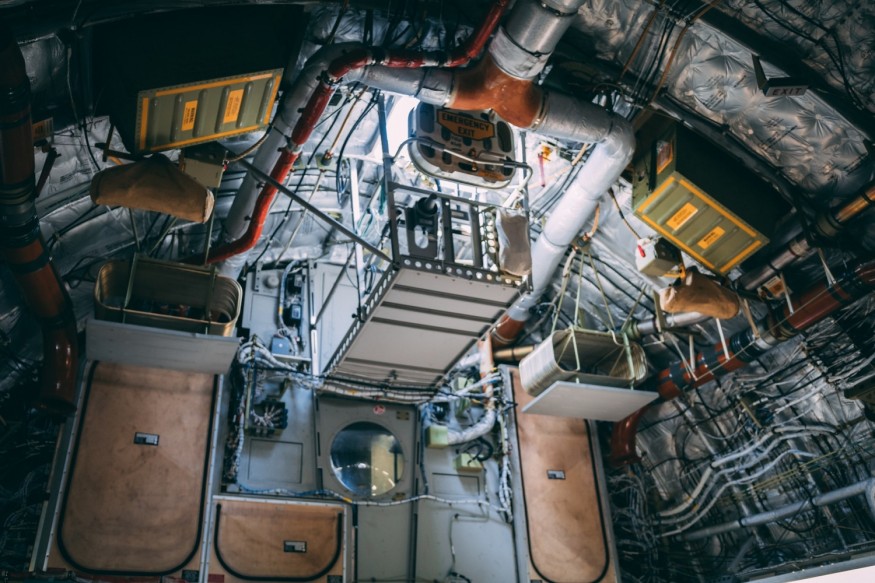A Russian spacecraft set to bring back three astronauts down to earth was stationed at the ISS (International Space Station). However, it leaked and released huge coolant mists into outer space last week.
Leaking Spacecraft Expelled Mist
According to Futurism, this incident forced Roscosmos to find methods for cooling the capsule. Because of such an event, the craft skyrocketed in temperature and reached 122 degrees Fahrenheit.
Now, according to Reuters, this leak was caused by a hole that is 0.8mm wide.

ALSO READ : Is Dumping Old Spacecraft in Point Nemo A Good Idea? Why Environmentalists Are Against It?
Authorities Find Hole in Russian Spacecraft That Caused the Leak
This was discovered through a recent inspection with the Canadarm2, a lengthy manipular arm connected to the space station's outside. According to TASS, this hole could be the culprit behind the leak.
Gizmodo notes that this hole is found on the instrumentation compartment of the ship within the service module. According to NASA, the main navigation, control, computer, and guidance systems of the Soyuz craft can be found within this instrumentation compartment. It is, specifically, a sealed container with moving nitrogen gas to cool down the equipment for avionics.
Futurism notes how authorities think micrometeorites could have caused such a hole. However, things will still be confirmed.
TASS notes how Yury Borisov, head of Roscosmos, noted how unpleasant the situation is. However, Borisov also denied that the capsule had heightened temperature levels up to 122 degrees Fahrenheit.
According to Futurism, Roscosmos expressed that the habitation module of the capsule stays at 86 degrees Fahrenheit, which is still quite livable, while the compartment for equipment is at 104 degrees.
Futurism notes how the space agency expressed that these temperatures are still within the acceptable range for cosmonauts.
Stranded Astronauts
With the hole found in the craft, cosmonauts may not have their supposed ride home. Gizmodo notes that Roscosmos will decide whether the spacecraft can handle flights later in the month. More specifically, Gizmodo notes that the deadline for determining the craft status is December 27.
However, according to Reuters, Roscosmos has in-depth plans to launch their backup spacecraft to send astronauts home if the supposed spacecraft cannot do the job. Borisov notes how the reserved spacecraft can be deployed on February 19 instead of the scheduled March launching. He mentions that this reserve craft has already been installed at Baikonur and is undergoing necessary testing. This craft can be undocked and deployed into the earth with the current situation. Roscosmos will send another spacecraft without a crew to bring the crew back.
Check out more news and information on Space in Science Times.
© 2026 ScienceTimes.com All rights reserved. Do not reproduce without permission. The window to the world of Science Times.











